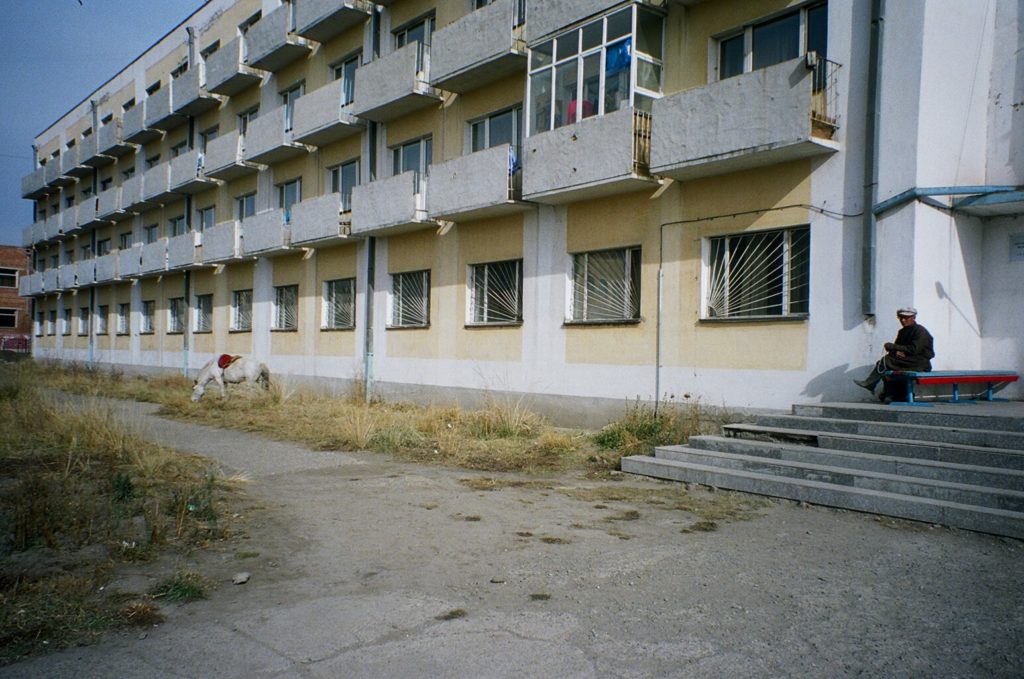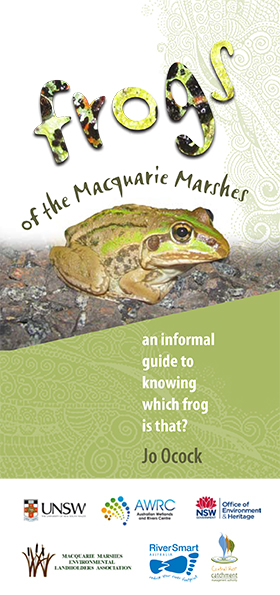Back in 2005, I was working for the Zoological Society of London and spent six weeks in Mongolia as part of the team assessing the conservation status of Mongolian mammals and fishes using the IUCN Red List categories and criteria. I was in charge of the fishes side of things. Naturally. This was before smart phones or social media – I didn’t even have a digital camera -so once a week I would go to the French cafe in Ulaanbaatar (UB) that had free WiFI, order myself a croissant and send group emails. Old-skool style.
I thought I’d bring one of my favourite “Missive from Mongolia” emails out of the archives to share here. I’d been in UB, the capital city, for two weeks and this was my first trip out of the city. I was about to find out how vast and ’empty’ this country was. And start a philosophical discussion about how there must be a somewhere for there to be a nowhere, that our family still mulls over at Christmas.
“‘A discussion on the middle of nowhere.’
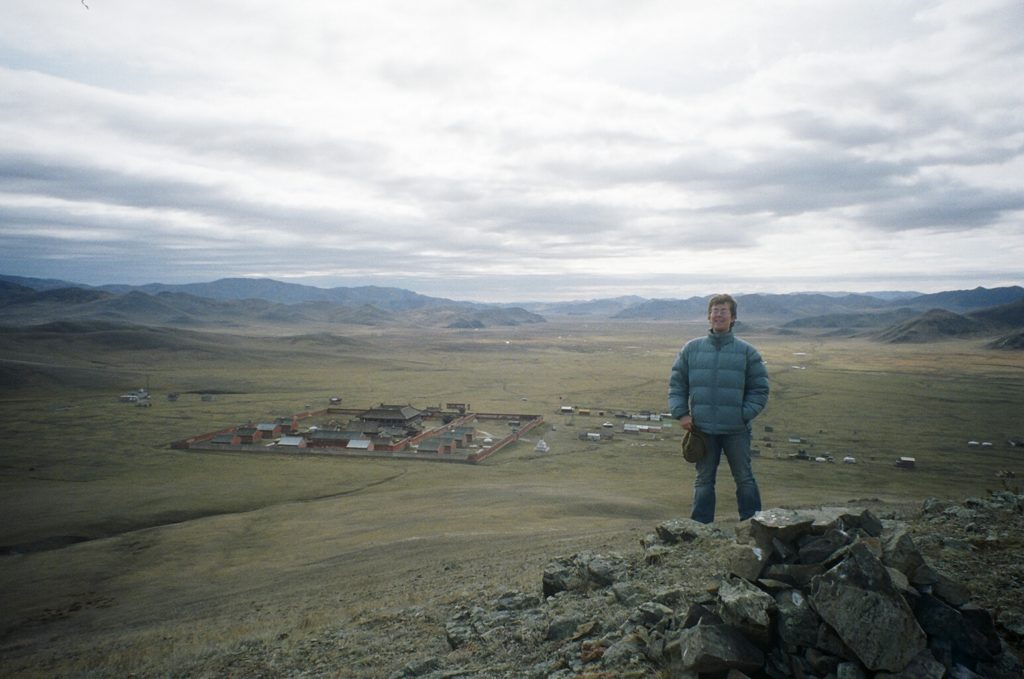
Amarbayasgalant monastery, the middle of nowhere or the centre of somewhere?
I headed north out of UB (Ulaanbaatar) on Saturday morning in a rather sturdy people-mover van with three others and a driver and his girlfriend. We were heading for the Amarbayasgalant monastery five hours from UB. The first 4 hours were on sealed road, the last one was off-road. Though really most roads here are ‘off-road’, just tracks over the dust and grass. Generally if you want to go to that particular hill or forest, you just drive straight to it. My friend Nick would love driving here – off-roading, or on the road playing dodgems with cows, horses, and trucks over-laden with hays or pelts.
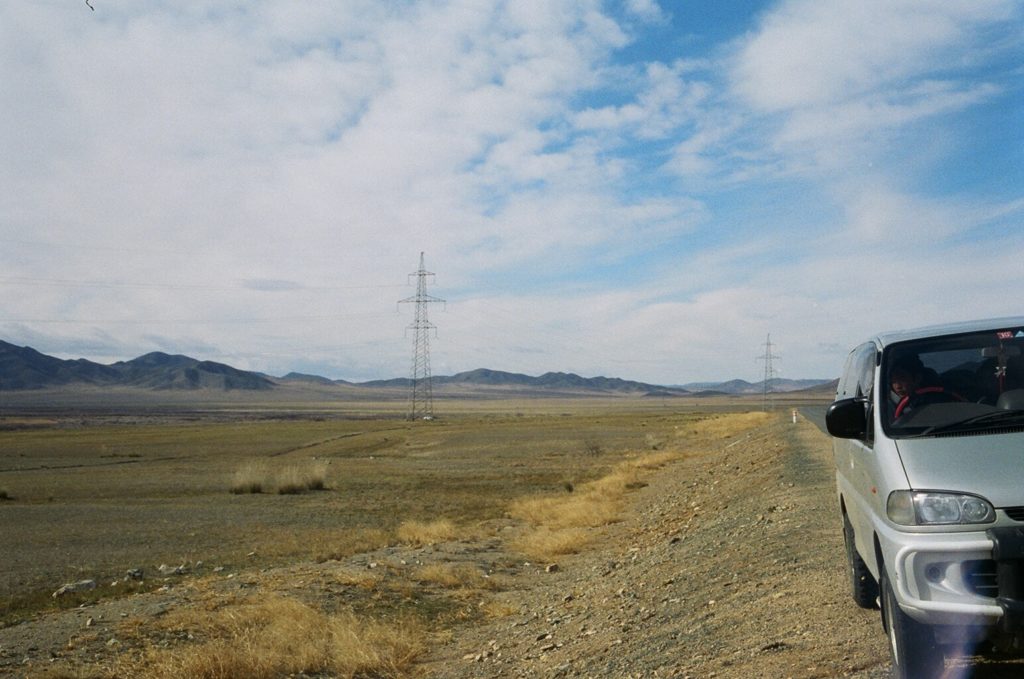
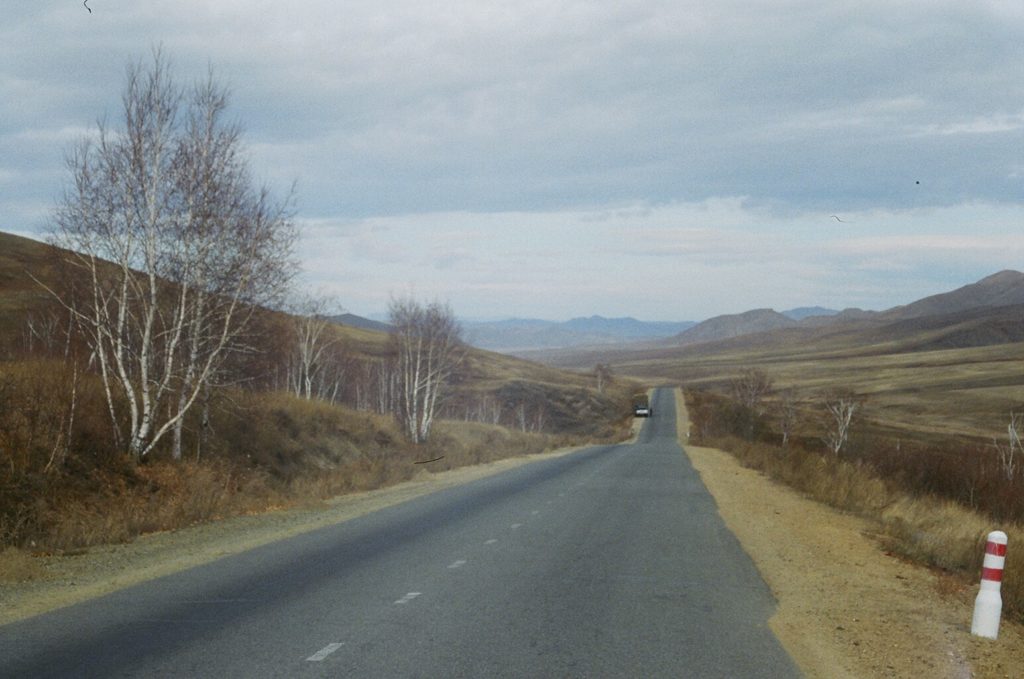
It was amazing – it makes the South Island, New Zealand look crowded. It’s just so vast, through massive valleys, with rolling hills in the distance. Imagine (if you’ve ever been there) driving through Central Otago in mid-summer for six hours, but driving in a straight line – like you’ve got Central Otago on a loop. Dry, brown, vast rolling hills and valleys. Punctuated with men on horseback, going somewhere, herding something, wearing what Mongolians have worn for centuries. And gers, just sitting there, like a house but with nothing around it – no apparent roads or attachments, or fences, maybe a beat-up car and a small child carrying water containers. In places like this, people have a different concept of rubbish, and it just gets dropped on the ground. There is enough space for it to be blown away and not bother you. But these days rubbish doesn’t biodegrade very well, and with concentrations of people occurring in particular areas, like roads and towns, it begins to become conspicuous.
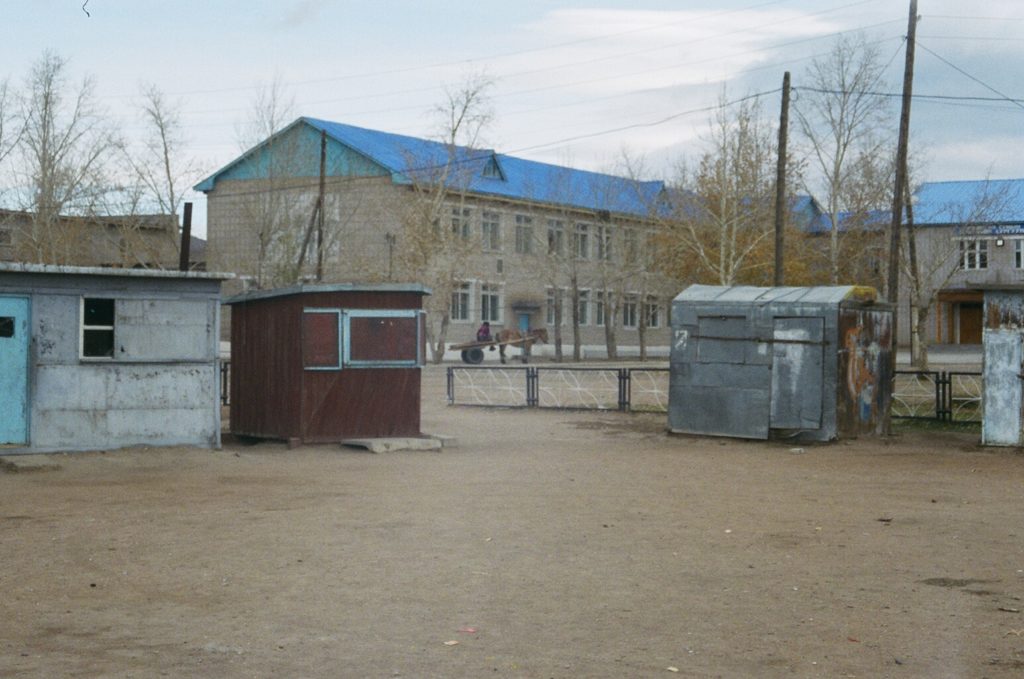
Mongolia is known as the land of blue sky for very good reason, but let that go for one day to rain and then snow on my trip. But that made it scenic in a different way. The monastery was bizarre, as religious centres always are to me. Very beautiful and large, and quite important I’m sure, but this being the off-season there wasn’t anyone around to really explain it, just a few monks and sniffly boy-monks. But I was there for the view anyway. We stayed in a nearby ger, guarded by a rather friendly dog, US$3.50 for the bed, dinner and breakfast.
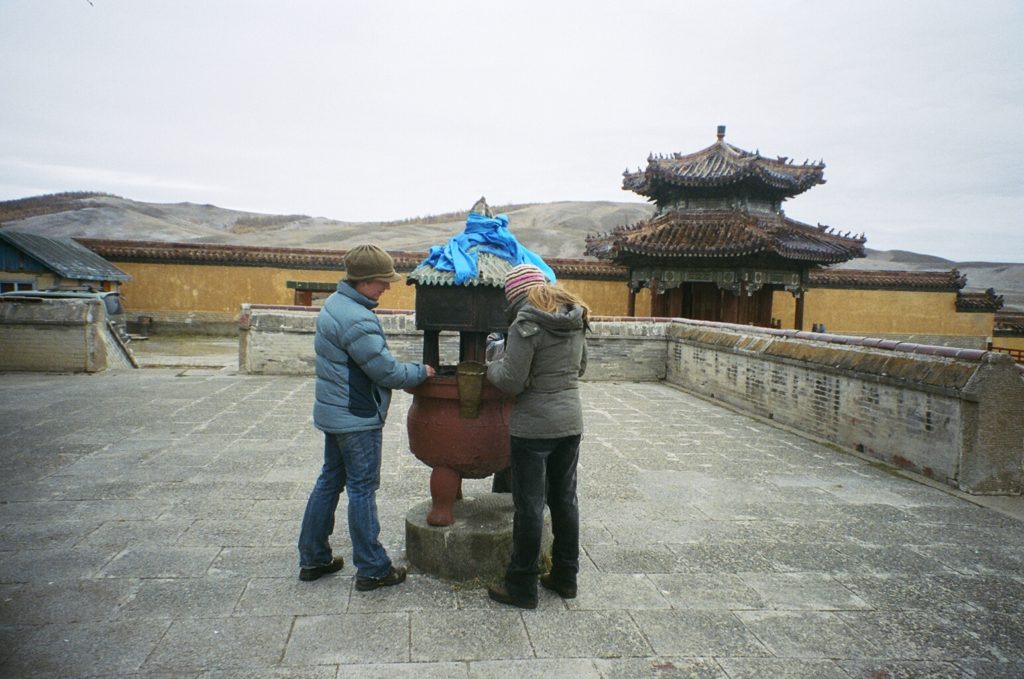
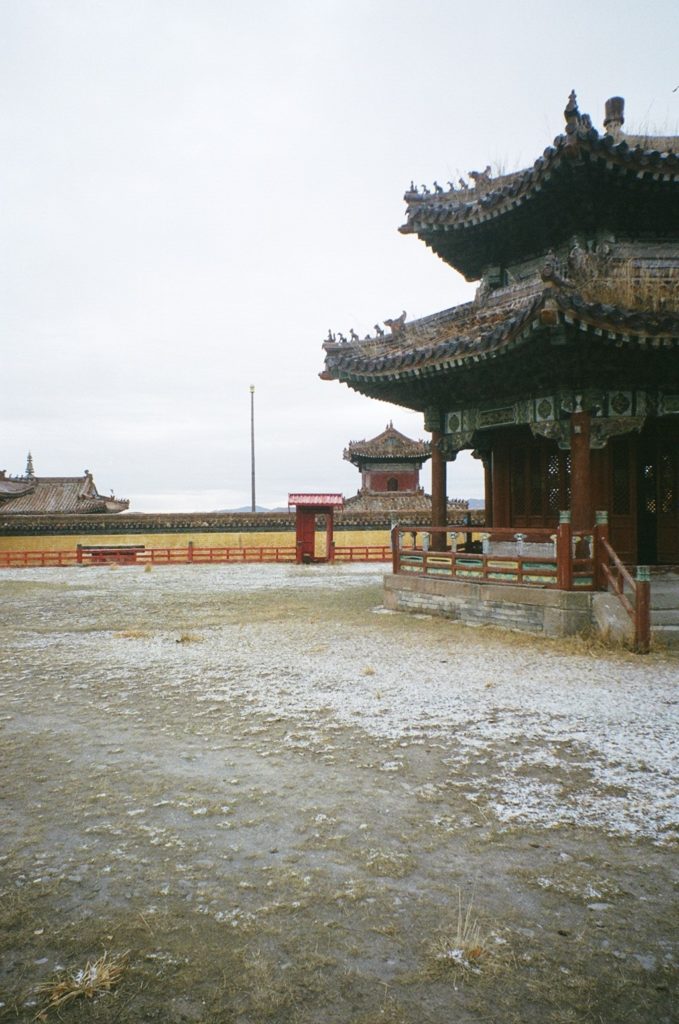
The thing is, you want to say that the monastery and these people are in the middle of nowhere. But to have a ‘middle of nowhere’, that implies that there is a ‘somewhere’. You could say ‘oh, it’s so far from UB’ – but UB is so far from anywhere itself that it’s not a good reference point. There is no ‘somewhere’ here. But then I found out that the monastery was built in 1737 in a country that had no buildings (apart from monasteries) until the Russians took over early in the 19th century and cities were only established in the ’60s. So, while to me there is no apparent reason to have the monastery there, maybe the monastery was the ‘somewhere’. I’m not in the middle of nowhere, but at the centre of somewhere!
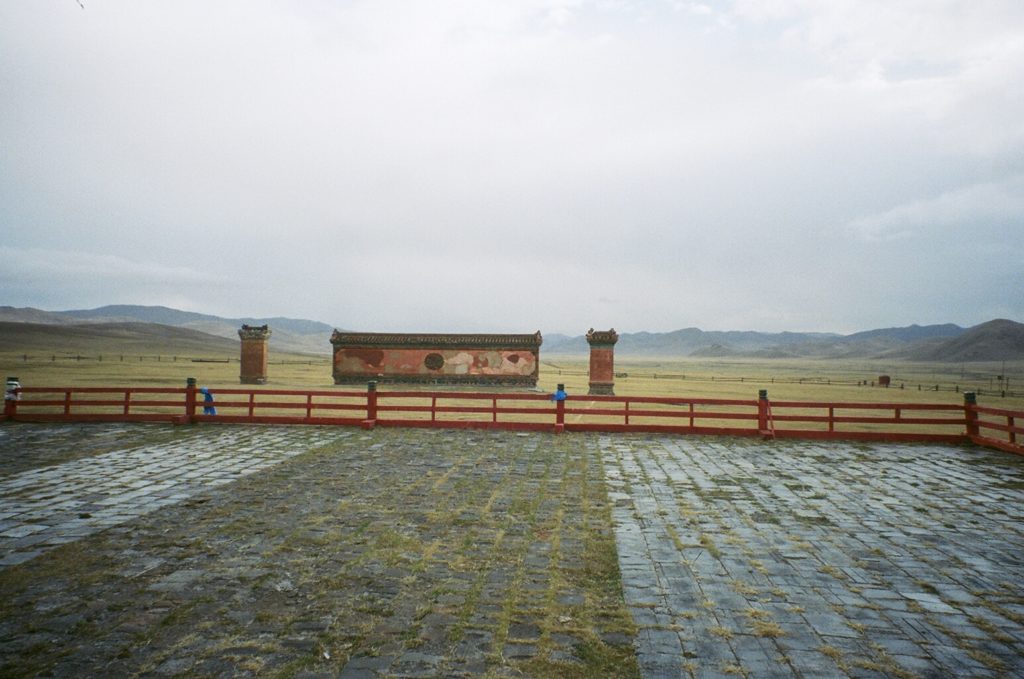
Extra observations…
- 33% of the population are still nomad herds-people, with summer and winter grounds.
- Food-wise – the Mongolian’s don’t really go for flavouring, other than salt and they put that in the tea. So its lots of meat, which is generally quite tasty because it’s essentially organic, and lots of different things made from dairy.
- Oh and the Mongolians have really gone for the open-all-hours thing. There are heaps of cornerstore-type places and banks open 24/7.
- And I’ve got business cards!!!!! One side in English, the other in Mongolian – guess what ‘Жоан Окок’ means?!
- I just got back to my room, and there was a horse grazing on the grass outside the main door with his rider sitting on a bench! So with my half dozen Mongolian words, a camera and an apple I went back outside to take some photos. I think he said the horse’s name was Kora.”
